Stefano Ermon, an Italian-born scientist, Stanford professor, and co-founder of Inception, was working on the foundations of generative AI long before it became a phrase on every investor deck and conference stage.
Inception, Stefano’s company, is betting on a radically different future for large language models. It has secured capital from top-tier investors like Mayfield, Menlo Ventures, Microsoft, Nvidia, Databricks, and Snowflake.
In this episode, you will learn:
- Stefano Ermon pioneered generative AI long before it became mainstream, laying the foundations for the diffusion models used globally today.
- His journey from an Alpine village to Stanford reflects relentless curiosity, deep problem-solving instincts, and a love for building things from scratch.
- A decade at Stanford transformed him from a pure researcher into an entrepreneur ready to commercialize groundbreaking AI.
- His team’s breakthrough—adapting diffusion models to text—enabled 10x-faster, parallel language generation that outperforms autoregressive LLMs.
- Inception’s flagship model, Mercury, offers enterprise-grade speed, efficiency, and quality, already powering Fortune 500 developer tools and coding environments.
- A $50M seed round backed by Microsoft, Nvidia, Databricks, Snowflake, and top VCs underscores the market’s belief in Inception’s radically different AI stack.
- Stefano’s greatest lesson: surround yourself with exceptional people because world-changing technology only becomes reality through the right team.
SUBSCRIBE ON:
Keep in mind that storytelling is everything in fundraising. In this regard, for a winning pitch deck to help you, take a look at the template created by Peter Thiel, the Silicon Valley legend (see it here), which I recently covered. Thiel was the first angel investor in Facebook with a $500K check that turned into more than $1 billion in cash.
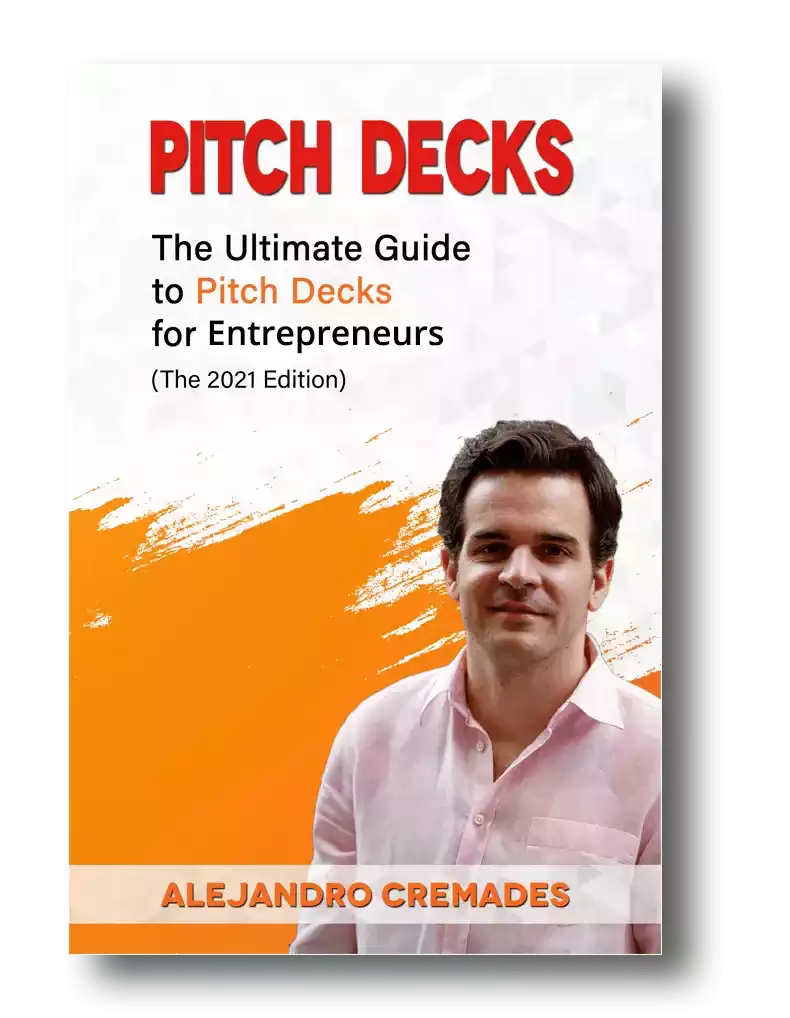
*FREE DOWNLOAD*
The Ultimate Guide To Pitch Decks
Remember to unlock for free the pitch deck template that founders worldwide are using to raise millions below.
About Stefano Ermon:
Stefano Ermon is an Assistant Professor in the Department of Computer Science at Stanford University, where he is affiliated with the Artificial Intelligence Laboratory and a fellow of the Woods Institute for the Environment.
His research is centered on techniques for scalable and accurate inference in graphical models, statistical modeling of data, large-scale combinatorial optimization, and robust decision making under uncertainty, and is motivated by a range of applications, in particular ones in the emerging field of computational sustainability.
Stefano has won several awards, including multiple Best Paper Awards, a NSF Career Award, ONR and AFOSR Young Investigator Awards, Microsoft Research Fellowship, Sloan Fellowship, and the IJCAI Computers and Thought Award.
Stefano earned his Ph.D. in Computer Science at Cornell University in 2015. He is also the co-founder and CEO of Inception Labs, an AI company focused on developing faster, more efficient large language models (LLMs) using diffusion technology.
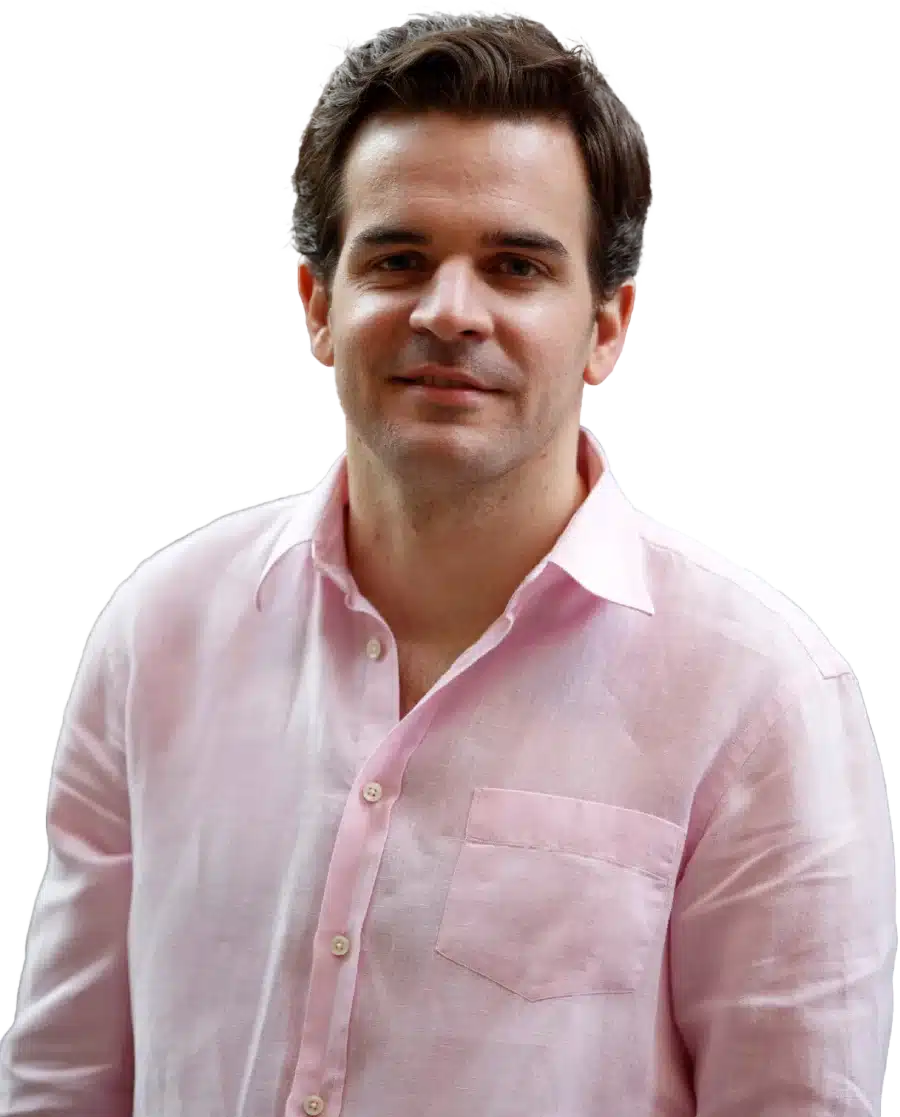
Raise Capital Smarter, Not Harder
- AI Investor Matching: Get instantly connected with the right investors
- Pitch & Financial Model Tools: Sharpen your story with battle-tested frameworks
- Proven Results: Founders are closing 3× faster using StartupFundraising.com
Connect with Stefano Ermon::
Read the Full Transcription of the Interview:
Alejandro Cremades: All right. Hello, everyone, and welcome to the DealMakers Show. So today we have an amazing founder joining us. Be prepared to have the battle of accents because we’re going to have the Spanglish and also the Italian kicking in too. So be ready.
Alejandro Cremades: But again, we’re going to be learning a lot on the building, the scaling, financing. I mean, they have something exciting to announce today. There’s a lot of generative AI talk going on. Our guest today, he’s been at it. He knows it very well before it even became trendy, as it is today.
Alejandro Cremades: But you’re going to find the conversation today quite inspiring. So without further ado, let’s welcome our guest today, Stefano Ehrman. Welcome to the show.
Stefano Ermon: Thank you so much for having me, Alejandro.
Alejandro Cremades: So originally from Italy. So give us a walk through memory lane. How was life growing up for you, Stefano?
Stefano Ermon: Yeah, so I grew up in a small village in northeastern Italy in the Alps. So it was a very small community of a few hundred people. I went to elementary school there and I went all the way through high school in very small schools.
Stefano Ermon: But a lot of fun, spent a lot of time outdoors. So, you know, grew up skiing. So that’s one of my passions.
Alejandro Cremades: And what about the problem solving?
Stefano Ermon: The other one was studying artificial intelligence. You know, I was always very excited about computers and coding and building stuff.
Stefano Ermon: I actually studied electrical engineering in college because I really wanted to build the computers, figure out how they actually work, build everything from scratch has always been my thing.
Stefano Ermon: And yeah, after that, I came to the States for my PhD.
Alejandro Cremades: And before that, how did you get into the whole problem solving, engineering and the geeky side of you? How did that flourish? Where did that come from?
Stefano Ermon: I don’t know exactly. My dad, I think, was also very into science, very much into doing experiments. And we would have a lot of fun doing chemistry stuff and building things.
Stefano Ermon: So I think it’s just something that I grew up in and always got me interested—like building with my hands, building stuff from scratch.
Stefano Ermon: I don’t know where it came from. I think from my dad, but I’m not really sure.
Alejandro Cremades: So you studied in college there. I mean, you did engineering in Italy. And, you know, it’s interesting because Italy is very similar to Spain where I’m from, where ultimately coming to the U.S. is a really big deal.
Alejandro Cremades: You know, I mean, just like in Spain, people in Italy live with their parents for quite a while too, no? And at what point do you decide, hey, I think maybe it makes sense for me to take a look at what’s going on in the U.S. and go do my PhD there?
Stefano Ermon: Yeah, that was actually by luck. So when I did my master thesis in Italy, I worked with a professor, Gianfranco Bilardi, and he had actually studied in the U.S.
Stefano Ermon: He had been a professor in the U.S. for a while at Cornell University, and he was the one that kind of opened my eyes and told me that the most exciting research is happening in the U.S. If you really want to be at the forefront of something, you’ve got to go to the U.S.
Stefano Ermon: And I had never been in the U.S., had never traveled to the U.S. before, but I just applied to a bunch of PhD programs. I did my TOEFL, did the English test. I did my GRE. I did all the things that I had to do and just applied to a bunch of places.
Stefano Ermon: And luckily, I was admitted. I don’t know if I would be admitted again today. Now it’s so hard to get into a PhD program, but I think back then it was a little bit easier.
Stefano Ermon: And eventually I got into a few places and I decided to go to Cornell just because my advisor had been a professor there. He was telling me good things about the program.
Stefano Ermon: And at the time I took the plane to the U.S., that was my first time in the country. And then I landed in Ithaca, New York, and I started my PhD.
Alejandro Cremades: So obviously we’re going to talk about now what you’re up to with your business. But I wanted to ask you, after doing the PhD, you got into this academia path.
Alejandro Cremades: I mean, what really got your curiosity wanting to go after that, to Stanford, and really following that track? What really sparked that chapter for you?
Stefano Ermon: Yeah, I’ve always been very curious and I always want to learn. I want to learn more. I want to try to figure out how to do things myself, how to solve problems that nobody has ever solved before, whether it’s puzzles all the way to computer games, all the way to math problems. I always want to solve them. I like challenges and research has been amazing for me because there’s no shortage of problems.
Stefano Ermon: Very hard problems that nobody has ever solved before. And that has always been my passion. That’s what gets me excited. And specifically, I’ve always thought that artificial intelligence is probably the biggest problem that humanity has ever worked on. I mean, what’s more important than building a machine that effectively imitates human intelligence, right? That is probably the ultimate kind of research question.
Stefano Ermon: So I’ve always gravitated around neuroscience, understanding how the brain works, understanding what intelligence is, figuring out how to build something that is as intelligent as a person.
Stefano Ermon: And that’s always been what has fascinated me since basically high school.
Alejandro Cremades: Out of curiosity, based on everything that you know and that you’ve been exposed to—you were alluding to it—what is intelligence? How would you describe it in a non-technical way for all of us in a way that we get it?
Stefano Ermon: Yeah, it’s very hard to define. That’s the thing. And there’s this saying in the field where we say, “If it works, it’s not AI.” So it’s almost like you always keep shifting the goalpost. And I think probably the most natural definition is the imitation game. If you basically cannot distinguish this machine, this artifact, this artificial intelligence from a person, then you’ve probably achieved your goal.
Stefano Ermon: So whether it’s communicating with this entity or getting this entity to do work the way a person would do it or create economic value, there’s many different ways to think about it. But ultimately, I think it has something to do with building something that is quite similar in terms of the way it behaves, the way it performs, the way it generates value compared to a human.
Alejandro Cremades: And in Stanford, you were there for 10 years. I mean, that’s a hell of a lot of time, right? And I’m sure that you had a blast. So that’s why you stayed there for quite a bit. But we’re talking about being a professor in one of the most renowned universities and also in one of the universities where some of the biggest innovations and companies have been built.
Alejandro Cremades: How was that experience for you as well, being exposed to all of that and just being in it?
Stefano Ermon: It’s been amazing. Before coming to the Bay Area, I had not experienced this culture—the startup, the entrepreneurship.
Stefano Ermon: It was not really a thing at Cornell, I think. Cornell was much more academic and people were not necessarily thinking about the implications, the impact, the business opportunities that all these technologies could lead to.
Stefano Ermon: Stanford has been completely different. Everybody is thinking about the impact, how they can change the world. Whether it’s undergrads or grad students or professors, it’s the culture. It’s what you do the moment you are on campus.
Stefano Ermon: And it’s just been amazing.
Stefano Ermon: The energy that you see every day is just incredible. And I think initially, I was not thinking about starting a business, about doing a startup, but after a little bit, you just get into it, and it’s contagious. You can’t avoid it.
Stefano Ermon: I think everybody that spends enough time at Stanford eventually ends up doing a startup.
Alejandro Cremades: Was it a big culture shock for you? Because obviously being used to Italy where you’re either a lawyer or a doctor—I mean, things are changing nowadays—but then all of a sudden you’re in this campus where people just get into a cafe and start brainstorming the future together and how to change things. I’m sure that was quite exciting too.
Stefano Ermon: Yeah, very different. But I mean, I love the energy. I love the way people think about taking risks and thinking big. They’re not scared about taking risks and trying new things and breaking things.
Stefano Ermon: I really love that mindset. I love how people move quickly. There’s no red tape. I grew up in Italy—everything is so slow, so bureaucratic, so difficult to do everything.
Stefano Ermon: And it’s just a different world. You can see why businesses and companies and startups and even researchers are so successful here. It’s just the perfect environment for innovation to flourish.
Alejandro Cremades: And you’re talking there about taking risks.
Alejandro Cremades: So let’s talk about taking risks. Let’s talk about the risk of Inception, right? You know, because for you now at this time, you were about 10 years there.
Alejandro Cremades: And that’s a significant amount of time where you start to get comfortable with just the routine and what you’re doing.
Alejandro Cremades: So how did the whole idea of Inception come across your desk and what was that process or sequence of events that needed to happen for you to really want to take action and make such an incredible shift in your career?
Stefano Ermon: Yeah, so as I mentioned, I’ve been at Stanford for about a decade, and I’ve always been doing research in AI. And most specifically, I’ve been working since the very beginning on what we used to call generative models, which is now called generative AI. And I was working on that before it was cool. And I still remember back in the day, it was hard to get funding for this kind of research. People would not understand why you would ever want to model some kind of software that can generate images or can write text. Nobody understood why that even made sense.
Stefano Ermon: It was hard to publish papers. It was very different times. But I’ve always been passionate about it. I always felt that that is the way to take the next step.
Stefano Ermon: When you think about building real-world AI systems, you need to leverage as much data as possible and you need to do it without any supervision because that’s the only way to make things scalable.
Stefano Ermon: And I was lucky enough that because I was so early in this field, my research group at Stanford made a few key contributions—technical contributions. We developed a bunch of algorithms and models that have been widely deployed and used in industry.
Stefano Ermon: More specifically, my group at Stanford basically invented this thing called diffusion models, which is the technology that is now used in pretty much every system that generates images, video—like the Sora models from OpenAI or images for the Midjourneys.
Stefano Ermon: All these systems that generate images and video are based on that core technology that we developed in my lab at Stanford in 2019. And since then, I’ve been trying very hard to get these diffusion models to work not just on image generation and video generation, but also on text and code generation—the kind of things that you would normally do with a typical large language model like ChatGPT or Gemini or Claude.
Stefano Ermon: And what happened is that last year, we had this big breakthrough in the lab where, for the first time, we were able to figure out a way to get diffusion models to work on text generation.
Stefano Ermon: And at relatively small scales—so at the GPT-2 scale, less than a billion-parameter models—we were able to match the performance in terms of quality, but our models were way faster, like an order of magnitude faster than the typical model that everybody else is building.
Stefano Ermon: And the reason is that if you think about the GPT or Gemini or Claude, they’re all something called autoregressive models. And what this means is that if you ask it a question, it will generate the answer one word at a time.
Stefano Ermon: And that’s a structural bottleneck that you can’t avoid. It’s very slow. It’s very sequential. And that’s why these models are so expensive and so slow. And we have this completely different approach that is built to be parallel, to take advantage of GPUs and TPUs—parallel hardware.
Stefano Ermon: The neural network is not generating one word at a time. Instead, it’s starting with a guess of what the answer should be and then refining it in parallel by essentially being able to modify multiple words at the same time.
Stefano Ermon: And this is what enables these models to be so much faster. And I was so excited by the kind of results that I had to see how far we can push it. And so I quickly realized that it was very hard to do in academia just because of the resources that were going to be needed to train bigger models and get the kind of engineering teams and the kind of data to really build a production-ready system.
Stefano Ermon: And so that’s why I decided to start Inception, because I was so excited by the technical results and I saw a huge opportunity. Everybody else—LLMs are at the core of the GenAI revolution. Everybody’s talking about LLMs, but under the hood, all these LLMs are clones of each other. They’re all building on the same technology, and we had something significantly better.
Stefano Ermon: And so I just saw a huge opportunity and I decided to do it the Stanford way—take the risk and go all in and build it out myself.
Alejandro Cremades: So I guess for the people that are listening then, Stefano, what ended up being the business model of Inception? How do you guys make money?
Stefano Ermon: Yeah, so we spent the first probably six to nine months of the company just developing the technology—basically purely R&D, scaling up the ideas that we had and actually building commercial-scale diffusion language models.
Stefano Ermon: So earlier this year, we were the first in the world to release a commercial-scale diffusion language model that we call Mercury.
Stefano Ermon: And you can think of it as a competitor to ChatGPT, to Gemini, to Claude, that is based on a completely different stack, completely different technology. And we’re going to market with this diffusion language model. Our model is available through an API platform.
Stefano Ermon: And our business model is we are providing access to this model to enterprise customers and developers around the world who are building GenAI applications on top of these diffusion language models that are much faster, much cheaper, and that enable them to deliver much better experiences in their apps because the models are so fast. You don’t have to wait so long to get high-quality results.
Stefano Ermon: And our models are already deployed in a variety of settings.
Stefano Ermon: We have a number of customers, including Fortune 500 companies. One use case that probably would resonate with a lot of your viewers is, for example, code autocomplete and coding. Everybody’s using LLMs to get better and faster coding. Our models are really good at suggesting code completions, suggesting changes that you need to do to a code base.
Stefano Ermon: And they are deployed already in a variety of coding IDEs as the default model because they deliver superior performance. If you need to be able to give an answer to a developer very quickly, diffusion-based LLMs are the way to go.
Stefano Ermon: They’re much faster, higher quality than competing autoregressive models.
Alejandro Cremades: How has it been—the journey of developing the right technology here? Because in the end, that’s everything for something like this.
Stefano Ermon: Yeah, it’s been a fun journey. It’s something I had been doing at Stanford for a while. So from that perspective, not too different in the sense that a lot of it involves R&D and experimenting with different approaches, different kinds of GPUs, and different kinds of algorithms.
Stefano Ermon: So a lot of that was similar to things we had done before at Stanford, but the scale was different. It became much more expensive to run experiments, just like the engineering teams that are needed to deliver these kinds of results are bigger. And so it requires more coordination.
Stefano Ermon: And it’s no longer just a single or a couple of grad students writing PhD-level code, research-grade code that breaks all the time. The expectations in terms of quality of the code and the way we develop the systems are very different.
Stefano Ermon: So it’s been a fun experience to actually have a big team of people all working in the same direction as opposed to the more typical academic lab structure where each student is working on their own thing and they’re all separate.
Stefano Ermon: It’s been really great to have everybody pushing in one direction, to be laser-focused on this one goal with the right resources, the right team.
Stefano Ermon: It’s been exciting.
Alejandro Cremades: What about the capital side of things? Because obviously to develop something like this is very expensive. And in fact, you have something to announce today with us, to share with us, which is quite exciting. But how has it been—that journey of getting the right type of resources and capital and people for this?
Stefano Ermon: Yeah, so it’s been not too difficult in the sense that I think being at Stanford, I had a lot of connections with venture capitalists and there’s a lot of appetite for AI and generative AI and we’re very unique.
Stefano Ermon: We have this unique value proposition. It’s the kind of thing that VCs love. There’s some small probability that this thing will become huge.
Stefano Ermon: And so we were lucky to see a lot of interest in what we were building. We partnered early on with Navin Chadha at Mayfield. We knew him well and he was also at Stanford before, so we had a deep connection with them and Mayfield. We got some initial capital from them to get started and then we just announced a bigger seed round.
Stefano Ermon: We just raised $50 million from this seed round led by Menlo Ventures and with participation from a few other key VCs and strategics, including Microsoft, Nvidia, Databricks, Snowflake.
Stefano Ermon: So a lot of top VCs and strategic partners are really seeing that there is a lot of potential in the technology that we’re building, and they see a future where diffusion language models will become the standard for LLMs and generative AI solutions.
Alejandro Cremades: That’s amazing. Well obviously for the people that are listening, Naveen—an absolute legend. He’s been on the podcast too. Ali Ghodsi from Databricks, also on the podcast. So great people you guys are surrounding yourselves with. So well done. I guess when you’re getting this type of high-caliber individuals—
Alejandro Cremades: And whether it’s also employees or even the customers that you’re going after, in the end, they’re all betting on a vision and on the future that you’re living into.
Alejandro Cremades: And I think that in that regard, if you were to go to sleep tonight, Stefano, and you wake up in a world where the vision of Inception is fully realized, what does that world look like?
Stefano Ermon: Yeah, it’s a world where AI is available to and empowering every business and AI solutions are fast, they’re efficient, they are as fast as human thought. You don’t have to wait to get an answer. Everything is immediate. Everything is high quality, is robust, it’s reliable, and it almost feels like magic. At the end of the day, that’s always the goal of any technology—that it has to feel like magic. And that, I think, is still missing.
Stefano Ermon: Things are slow, they’re inefficient, they’re unreliable—we’re just not there. And I see a future where diffusion language models will enable us to have those kinds of AI-powered solutions everywhere.
Alejandro Cremades: That’s amazing. Now looking forward, I want to look back but do so with a lens of reflection. Let’s say you’re back at Stanford, and you’re there at that moment where you’re like, am I leaving academia?
Alejandro Cremades: Am I going into becoming a founder? What am I doing here? Let’s say you’re able to show up right there in front of that Stefano, and you’re able to give that younger self one piece of advice before going at it with Inception.
Alejandro Cremades: What would you tell that younger Stefano about a year ago or so, and why, given what you know now?
Stefano Ermon: I think I would say that people are the most important thing. Just surround yourself with great people and the right team, and then everything is possible.
Alejandro Cremades: I love that. One thing that I’d like to ask you to do is, for the people that are listening who would love to learn more or to reach out, what would be the best way for them to do so?
Stefano Ermon: Yeah, please come to our website inceptionlabs.ai. There you’ll find links to our platform if you want to use our models, if you want to build next-generation AI solutions powered by best-in-class diffusion language models, please come to our platform.
Stefano Ermon: There’s a playground if you want to chat with our model. And we are hiring, we’re actively growing the company. So please visit our job section and apply to come and work with us on what’s going to be the future of generative AI.
Alejandro Cremades: Amazing. Well, Stefano, thank you so much for being on the DealMaker Show today with us. It has been an absolute honor to have you.
Stefano Ermon: Thank you so much for having me. Yeah, it’s been a really fun conversation.
*****
If you like the show, make sure that you hit that subscribe button. If you can leave a review as well, that would be fantastic. And if you got any value either from this episode or from the show itself, share it with a friend. Perhaps they will also appreciate it. Also, remember, if you need any help, whether it is with your fundraising efforts or with selling your business, you can reach me at al*******@**************rs.com
Podcast: Play in new window | Download
Subscribe: Apple Podcasts | Spotify | TuneIn | RSS | More

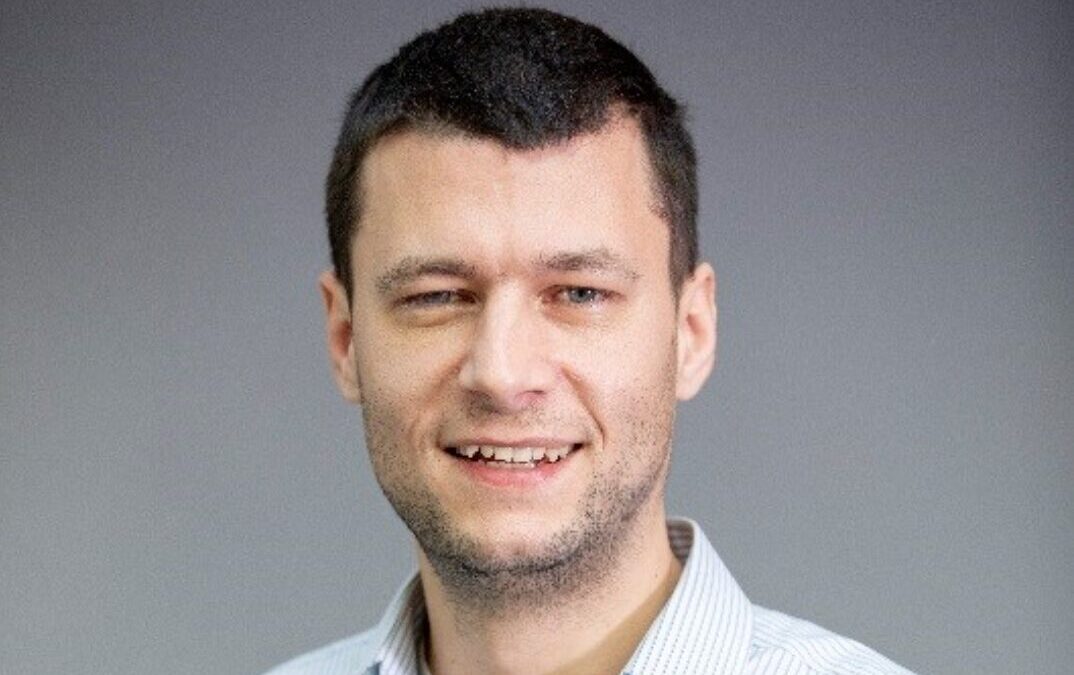
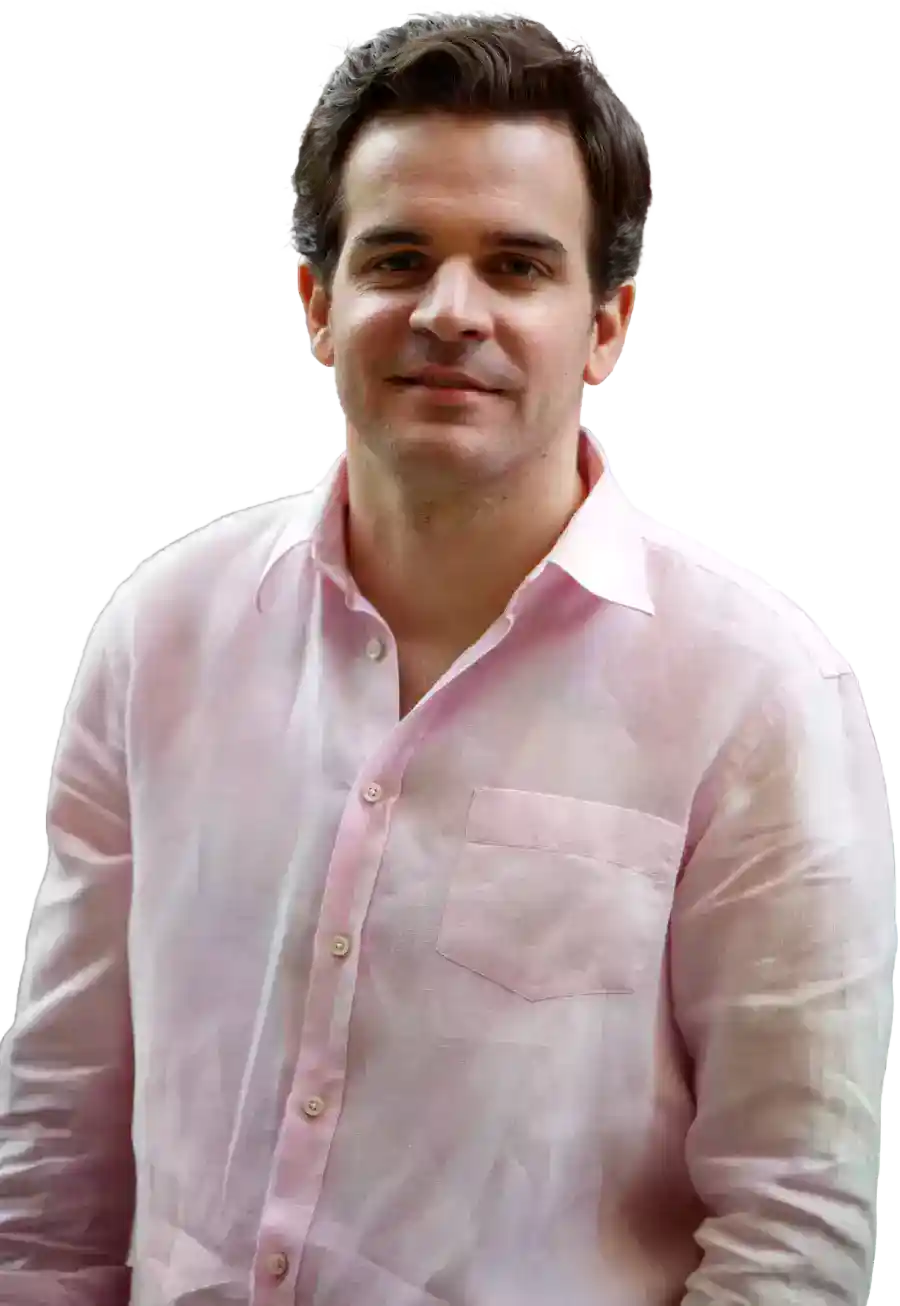

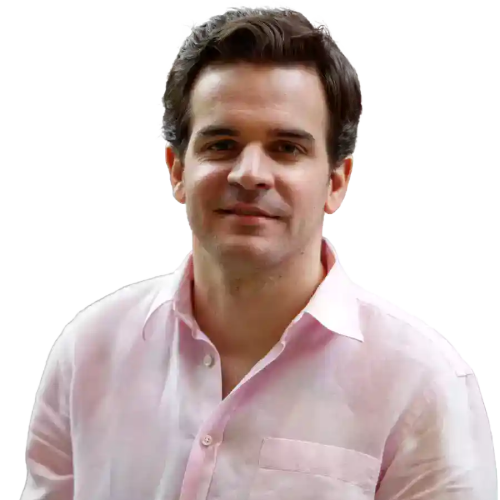
Facebook Comments